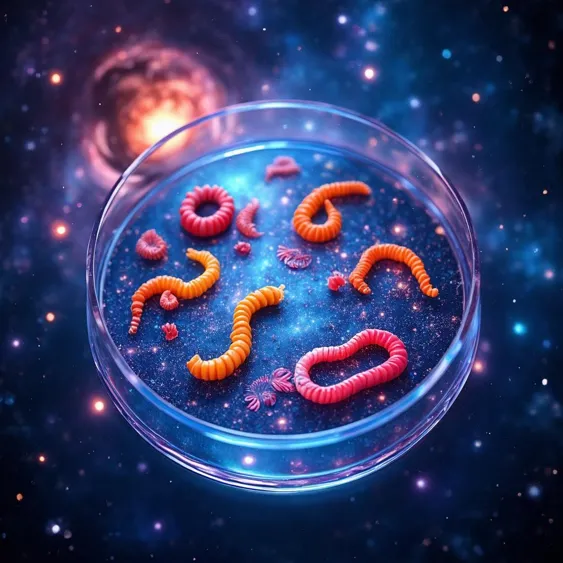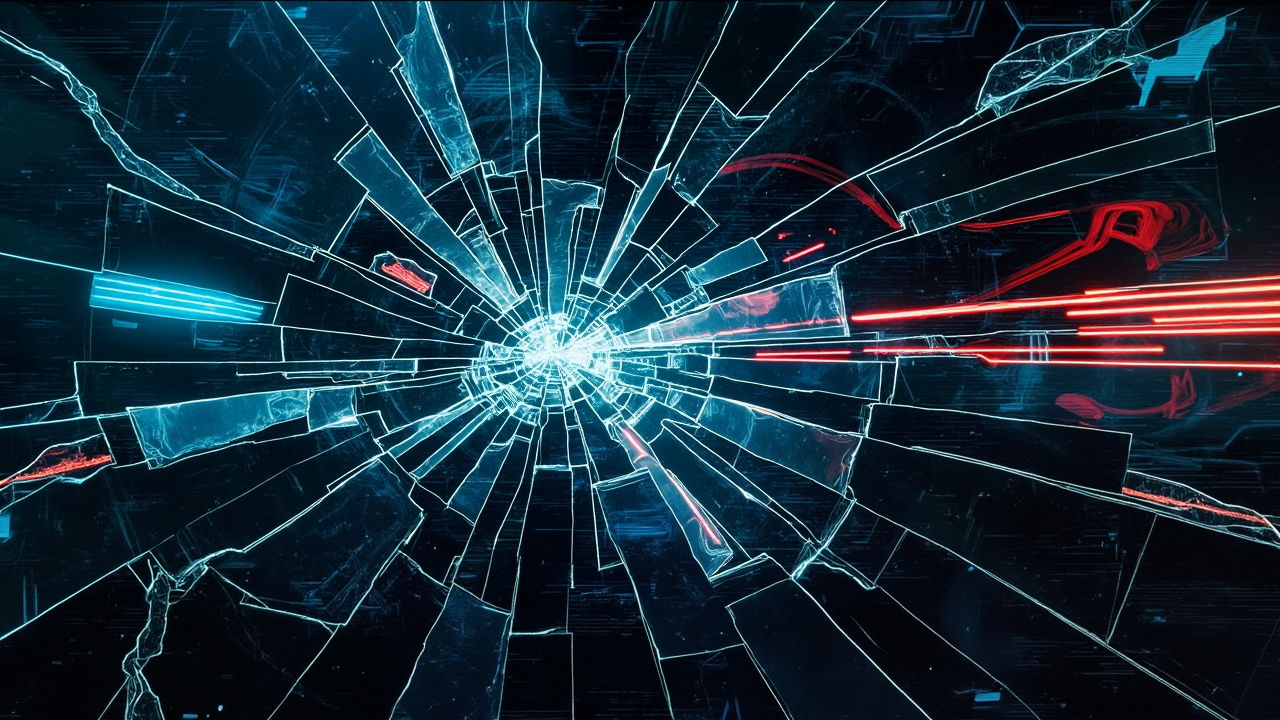Planarian Worms: Advancing Regenerative Medicine in Space

The recent space journey of the planarian worm opens up exhilarating prospects not only for regenerative medicine but also for understanding the very fabric of life itself. As humanity grapples with an aging population and increasing health demands, the genetic secrets of these remarkable creatures could lead to groundbreaking therapies that might one day allow us to regenerate tissues, organs, or even combat aging itself.
Planarian worms are extraordinary organisms, known for their ability to regenerate almost any body part, including heads and tails, after severe injuries. This capability, rooted in their unique stem cells called neoblasts, has intrigued scientists for decades. During an April 2025 space experiment, these worms were sent aboard the Shenzhou-20 mission in specially designed microgravity chambers. Researchers are hoping that by observing the worms in space, they can unravel how microgravity affects their complex regenerative processes compared to Earth, potentially leading to insights that could reshape regenerative medicine. Imagine a future where doctors can retrieve a few skin cells from a patient, reprogram them, and grow organs like kidneys or livers tailored for that individual. This could fundamentally change transplant medicine and reduce rejection risks.
What is particularly thrilling is the foundation for developing anti-aging treatments. The planarians’ capacity to maintain their youthful state through the activity of an enzyme called telomerase, which is nearly dormant in adult humans, presents a tantalizing opportunity. If scientists can figure out how these worms keep their telomerase active indefinitely, we may find ourselves on the brink of new longevity therapies. The implications extend even further with the potential to understand the mechanisms of memory storage in these worms, who appear to retain learned behaviors even after losing their heads—an extraordinary focus for neurological research.
As the data unravels from these space-experienced planarians, we may not only witness the merging of biology with space science but unlock age-old questions about life, death, and regeneration. Will this research lead to a point where aging is considered a condition we can control rather than an inevitable process? How might these findings influence our journey towards healthier, longer lives?
Read These Next

Frugal Innovation: Changing Lives with Local Materials
This article explores the concept of frugal innovation through examples of Indian start-ups creating affordable and sustainable products using local materials, highlighting their societal impact and contribution to economic growth.

BYD Unveils Latest Electric Vehicle Innovations in 2023
Li Yunfei of BYD addressed industry disputes, affirming compliance with regulations and highlighting NEV development challenges.

NatWest App Outage: A Reality Check for Banking Technology
An article examining the NatWest app outage, discussing its implications for banking technology and consumer frustration while highlighting systemic issues in fintech resilience.
